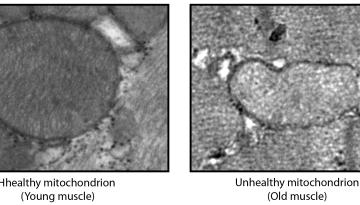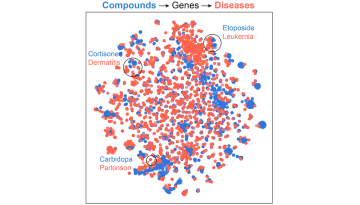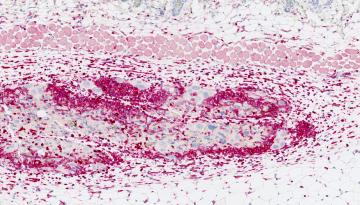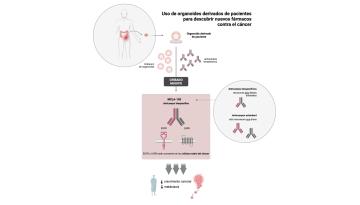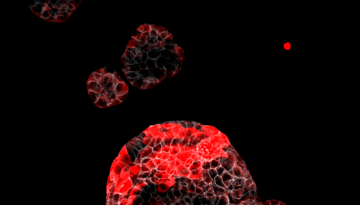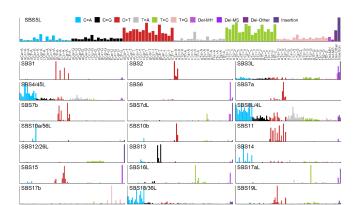Published in Nature Structural & Molecular Biology
A new genome imaging technique has been developed by researchers from the Molecular Modelling and Bioinformatics laboratory, led by Dr. Modesto Orozco, in collaboration with researchers at the Centre for Genomic Regulation (CRG). The new approach allows scientists to create three-dimensional models of genes and study their shape and function in unprecedented detail.
The technique, called Modeling immuno-OligoSTORM (MiOS), combines super-resolution microscopy and advanced computational modelling to capture the structure of the human genome at the nucleosome level, thereby revealing how individual genes fold and providing details on their movement and flexibility.
Researchers could use the technology to catalogue variations in the shape of genes that cause disease, test drugs that change the form of an aberrant gene, and enable discoveries in the laboratory.
For more information:
https://www.irbbarcelona.org/en/news/scientific/researchers-capture-how-genes-fold-and-work-unprecedented-resolution
